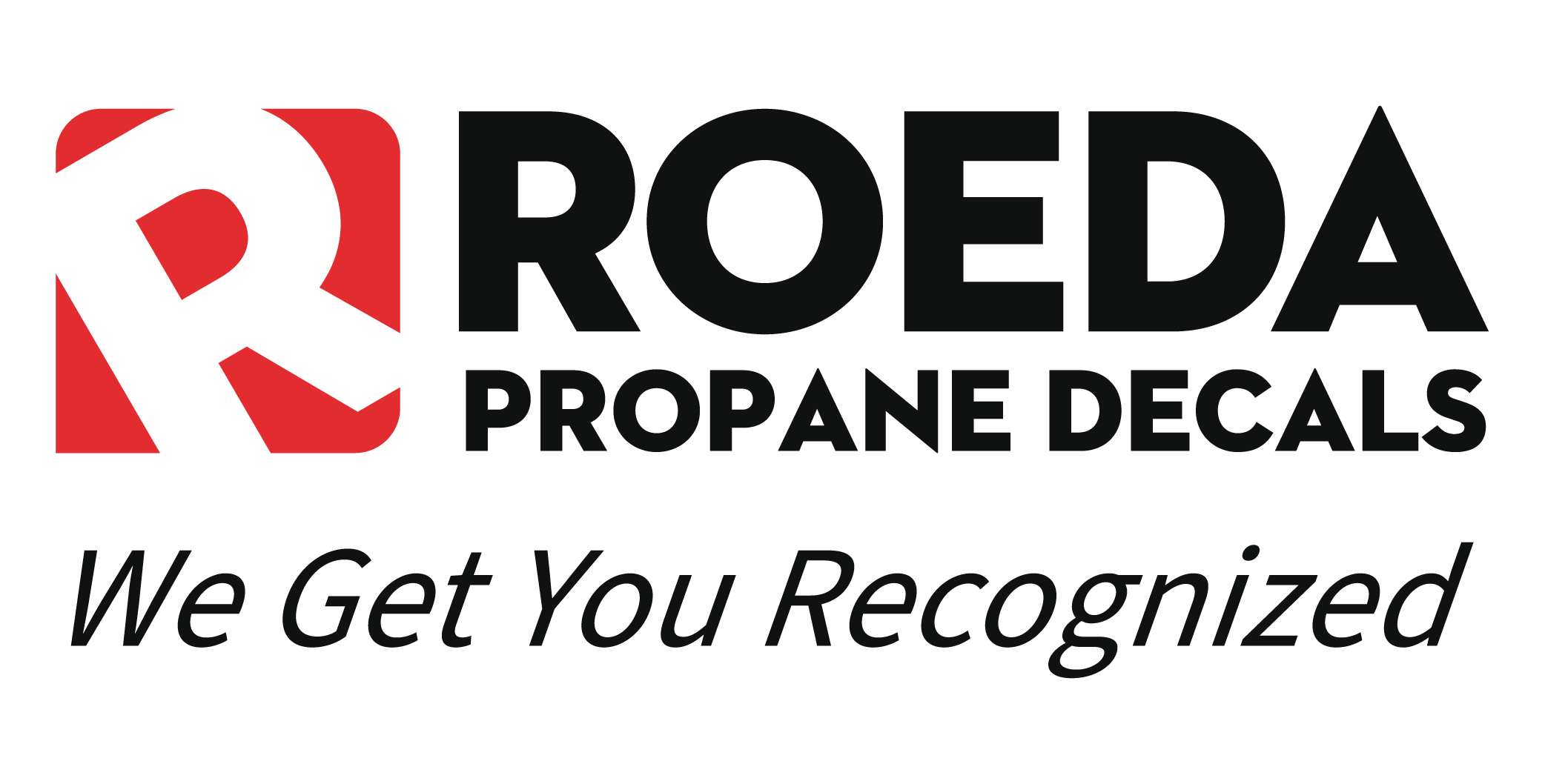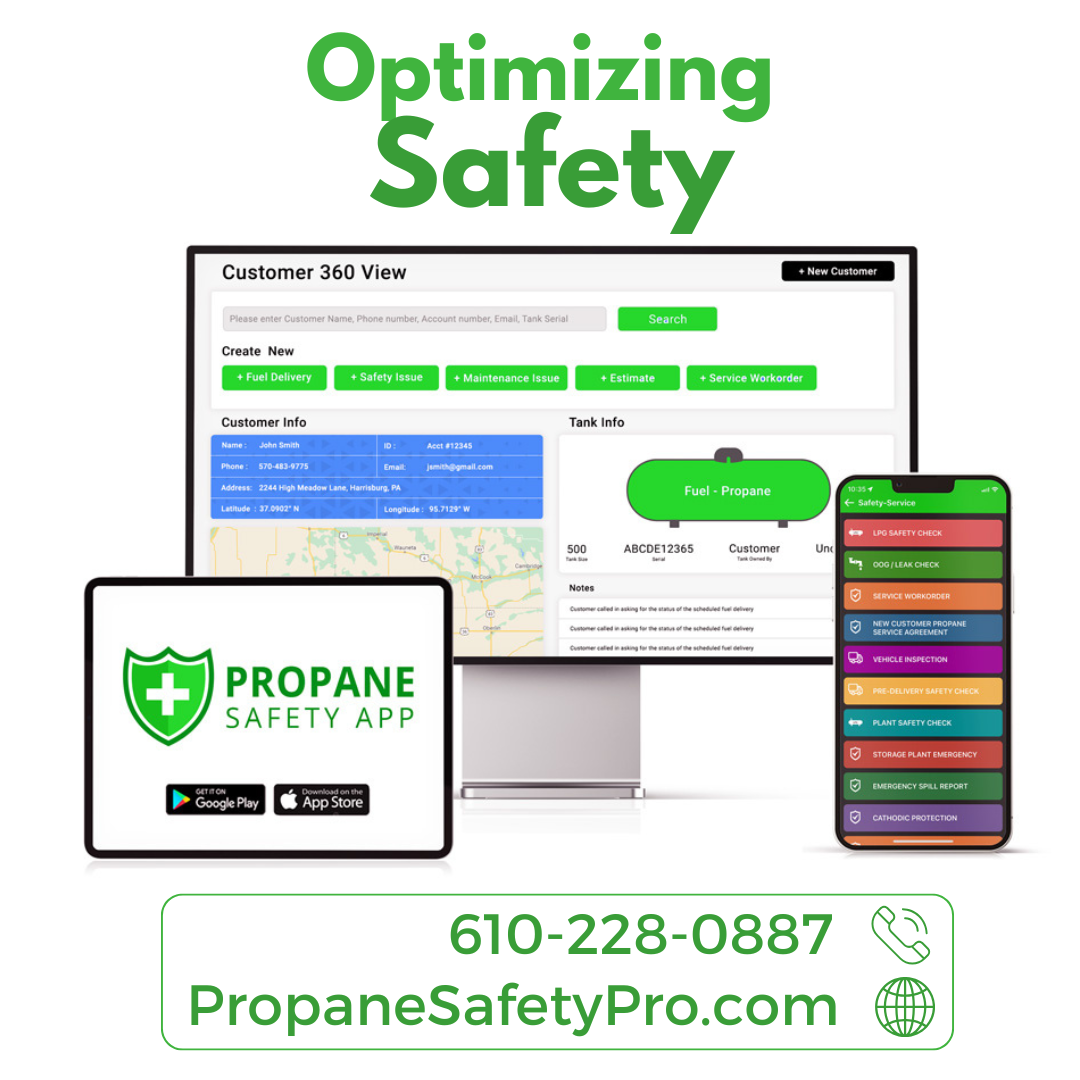Navigating HR Legal Challenges: Best Practices for Compliance

Human resources (HR) practices face various legal challenges in today’s ever-evolving business landscape. Whether your organization has ten employees or 500, safeguarding your HR practices against legal pitfalls is essential. This ensures compliance with employment laws and regulations and cultivates a positive, ethical, and productive work environment.
Maintaining fair and consistent employee practices is the bedrock of a healthy and productive workplace. Consistency ensures that rules, policies, and procedures are applied uniformly, reducing confusion and the perception of discrimination or bias.
Employers can boost morale, trust, and loyalty by upholding equal opportunities for all employees, regardless of background or position. Furthermore, fair and consistent practices shield against potential legal challenges, fostering a culture of compliance and accountability.
Here are some key considerations and actionable steps to minimize legal risks in your HR practices:
1. Stay Informed: Regularly educate yourself and your management team on relevant employment laws, regulations, and industry best practices. Keep abreast of any legal updates or changes that may impact your organization.
2. Introduce an Employee Handbook: A handbook outlines policies and expectations for employee behavior, responsibilities, and rights. It should consider federal and state laws when developed. Legal counsel should be involved in its creation and regular updates.
3. Ensure Wage and Hour Compliance: Review your state’s requirements for wage and hour laws, including minimum wage, overtime rules, and meal and rest break regulations. Changes in minimum wage laws are frequent, and some cities may have different requirements. Maintain accurate records of employee work hours and pay.
4. Correctly Classify Employees: Correctly classify employees as exempt or nonexempt. Job titles do not dictate exemption status; job duties do. Misclassification can lead to wage and hour claims.
5. Manage Employee Performance: Performance management is vital for maximizing employee potential and fostering a culture of continuous improvement. It provides a framework for setting expectations, evaluating progress, and enabling employee growth.
6. Initiate Anti-Discrimination and Harassment Training: Conduct regular training sessions for employees and managers to prevent discrimination, harassment, and retaliation. Create a workplace culture of respect and inclusivity, complying with your state’s mandatory training requirements.
7. Standardize Hiring Practices: Adhere to fair and non-discriminatory hiring practices. Complete job descriptions for all positions, ensuring uniform assessment criteria for all candidates.
8. Put Job Offers in Writing: Many states require written job offers, including job title, pay, pay frequency, start date, and pre-employment requirements. This helps prevent misunderstandings and confirms mutual acceptance of terms.
9. Document Everything: Proper documentation is critical for transparency, consistency, and compliance. It serves as a reference for decision-making, tracks employee progress, and provides a factual account of actions taken, which is crucial for demonstrating adherence to employment laws.
10. Establish Termination Procedures: Proper termination procedures are essential for the ethical treatment of employees, maintaining a positive work environment, and safeguarding legal and financial interests. Consult your state’s laws for criteria regarding last paychecks, termination letters, and paperwork requirements.
11. Display Labor Law Posters: Mandated state and federal employment law notices should be displayed prominently where all employees can access them. Non-compliance can lead to penalties and fines.
12. Protect Employee Privacy and Data: Safeguard employee data and personal information by state privacy laws. These laws govern how organizations collect, use, store, and share personal data related to employment.
While this information provides guidance, consulting with a qualified legal professional for accurate and specific legal advice is essential. HR issues can be complex and vary based on state, jurisdiction, and individual circumstances. Stay informed, proactive, and compliant to navigate the ever-changing landscape of HR legal challenges effectively.










